Different Substrates Used In Keeping Reptiles
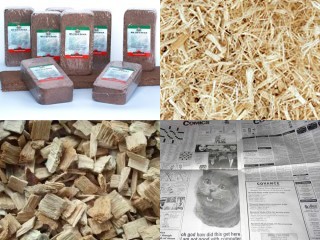
Your tank will require some sort of covering on its floor.
Any material that is used at the bottom of a vivarium is called substrate.
There are now a few choices available at your local reptile centre, below we list the most commonly sold types along with other readily available alternatives.
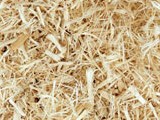
Aspen Shavings
Aspen shavings are a popular choice of vivarium substrate. They are readily available in most pet stores and are also relatively cheap.The shavings will absorb urine and any spilt water. Although aspen shavings are digestible, they may pose a risk of choking for smaller reptiles.
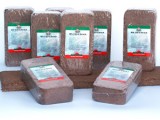
Ground Coconut Husks
Ground coconut husks are non-toxic and normally bought compressed into a dry brick shape.They can be used in their dry form but they tend to become quite dusty. Ground coconut husks are mainly suitable for animals that like the damp. Simply submerge the brick in a bucket full of water or other suitable container. The brick will expand considerably and the moist substrate can then be used.

Paper
Paper in particular newspaper, has been used as a flooring material for many years. Newspaper has the advantage of being cheap, fairly absorbent and easily replaced.In the past there were concerns that the inks may harbour toxic matter, this is not likely today, although this could be a concern. It is possible to obtain unprinted newspaper, which if you can find a cheap supply would be a safe option.
It could be argued that newspaper, if changed regularly is one of the most hygienic substrates, especially for larger messier reptiles. It is not however aesthetically pleasing and should be kept away from hot bulbs.
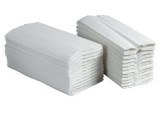
Paper Towels
Paper towels, such as you use in the kitchen, are often used as a substrate for hatchlings.It is wise to use plain towels. One drawback is caused by their highly absorbent nature, if it comes into contact with the animals water it will soak it up like a sponge.

Sand
Sand is a commonly used substrate especially for desert living reptiles, but its use is often debated.The use of sand carries with it the risk of impaction, this is where the reptile accidentally picks up the sand with its food. The sand then remains in the stomach. As a general rule avoid very fine sand and what is normally recommended for reptile use is playground sand, which has larger particles.
If you do decide to use sand, and many people have used it for years without any problems, make sure that you are choosing the correct type for your species.
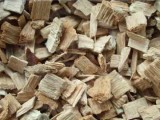
Wood And Bark Chippings
Wood and bark chippings are regularly used as vivarium substrate. It has the advantage of being readily available from your reptile supplier but it is often not a good conductor of heat and can soon become quite messy and will need replacing.If you decide to use wood or bark chippings you must ensure that they are suitable for reptiles, as many woods can be poisonous to reptiles. To be safe it is best to only purchase this form of substrate which is specifically labeled for reptile use.